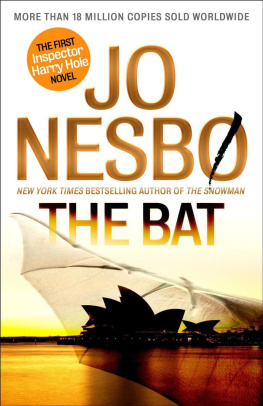


Published by The History Press
Charleston, SC 29403
www.historypress.net
Copyright 2015 by Jane Simon Ammeson
All rights reserved
First published 2015
e-book edition 2015
ISBN 978.1.62585.018.8
Library of Congress Control Number: 2015935121
print edition ISBN 978.1.62619.478.6
Notice: The information in this book is true and complete to the best of our knowledge. It is offered without guarantee on the part of the author or The History Press. The author and The History Press disclaim all liability in connection with the use of this book.
All rights reserved. No part of this book may be reproduced or transmitted in any form whatsoever without prior written permission from the publisher except in the case of brief quotations embodied in critical articles and reviews.
CONTENTS
PREFACE
MRS. DIAMOND SPURNED JUDAS KISS OF HARRY
AFTER HE SHOT HER
Lake County Times, February 15, 1923
February 14, 1923, 11:00 a.m., East Chicago, a steel mill boomtown on Lake Michigan near the state line separating Chicago, Illinois, from Indiana.
Driving south on Melville Avenue toward Chicago Avenue on a cold and dreary Valentines Day, Frank Simbolmos braked to a sudden stop as a Hudson sedan came roaring west down Chicago Avenue toward him. As the Hudson pulled sharply to the curb in front of Calumet Drug Store, Simbolmos thought he heard a gunshot. But he had throttled his car down as far as it would go, and because of the noise it made, he wasnt sure. The door of the Hudson flew open, and Simbolmos saw a man wearing a chinchilla fur coat emerge and hurry into the drugstore.

Harry Diamond, a senior at Emerson High School, 1916. Photo courtesy of the Calumet Regional Archives, Indiana University.
Curious about the scene unfolding in front of him, Simbolmos continued watching, noting the broken right front window and the scrapes on the right-hand side of the Super Six Hudson, a seven-seater sedan that sold for around $2,000 at a time when a new Model T cost $298.
I stopped when I seen him stop at the drugstore, said Simbolmos, who owned a garage with his brothers just down the street. Thats what made me think something happened.
Inside, the man in the chinchilla coat stayed just long enough to shout at owner Hershel Cannon to call both a doctor and the police before running out the door. Cannon, recognizing him as Harry Diamond, didnt ask questions but instead hurried toward the phone booth. His pharmacy clerk, James Storer, handed him two nickels so he could make the calls.
On the sidewalk, Thomas Kochis, walking home from his night shift as a railroad clerk at the ICC Railroad freight house located a few blocks west of the intersection of Melville and Chicago Avenues, heard what sounded like a shot right before a man in a fur coat jumped out of the car, running quickly in and out of the drugstore. As Kochis watched, Harry Diamond pulled a womans limp body from the passenger side of the sedan. As Diamond headed toward the drugstores entrance, Storer was there holding the door open.
The first thing I knew he threw this form on the floor and starts for the back of the store, Storer said. I intercepted him or rather followed him. It seems to me as if he wanted to wash his hands.
Diamond had blood on his hands, and his face looked like he had wiped the blood on his face as well. But Diamond didnt go into the washroom.
Then is when he made the remark that he had shot the Negro and had hoped he killed him and he placed his hands on me, said Storer, describing how Harry had put both hands on his shoulders and leaned toward him.
Trying to quiet Harry and possibly somewhat afraid, Storer pulled away, heading for the front of the store. Diamond wasnt too far behind, and Storer watched as he began to kneel by his wife, hearing him say, Honey, I didnt mean to do it. And she in return said, You lie or Youre a liar, I wont say which, and she says, You shot me for my money.
Cannon, having made his calls, walked over to the prone figure, recognizing her immediately as he had her husband a few minutes earlier. Moaning and gasping, with bloodied bullet holes in her fur coat, her face battered and bleeding, Nettie D. Diamond was still coherent, her voice strong and her demeanorastoundingly, given the circumstancesdetermined.
Cannon, if I should die, make it public to know that this man Diamond killed me, she said to the pharmacist as he knelt down beside her and attempted to place his coat under her head. You know that he killed me.
Harry, who still had blood on his face, had moved a little farther back from his wife.
Honey, tell them that the Negro killed you, or shot you rather, instead of me, he said, seeming not to care who else besides his wife could hear him. By then Kochis and Simbolmos had also entered the store. Whatever was going on, they wanted to be part of it.

Frank Simbolmos, who, with his brothers, owned the Central Garage just down the street from the Calumet Drug Store, was one of those who testified against Harry Diamond. Photo courtesy of the East Chicago Public Library.
When I seen trouble and a person go in there I expect to see something, was the way Simbolmos later explained why he walked into the drugstore.
Nettie Diamond and Hershel Cannon had long been acquainted. She, too, was a pharmacist, a 1904 graduate of Columbia Universitys pharmacy school. Cannon had worked for her while she was married to Dr. Samuel Herskovitz, and even after his death, Nettie continued to run the pharmacy and lived, along with the couples four children, above the business in a spacious ten-room apartment on the second floor. After marrying Diamond three years earlier, she had sold the business to Cannon for $16,000, and Diamond moved in with Nettie and her kids. Cannon, now the owner of Calumet Drug Store, also paid her $300 a month in rent for the use of the first floor of the building. About a year ago, the Diamonds had moved to a newly built large brick home on Buchanan Street in Gary, a steel mill city just a few miles east.
While Dr. Herskovitz had been revered and his sudden death in 1916 at the age of thirty-one shocking, Diamonds current husband was anything but. Known to the police as a suspected thief and bootlegger, as well as owner of a roadhouse where girls could be had for hire and suspected of being involved in the slaying of an East Chicago policeman a few years earlier, he was, at age twenty-four, about eighteen years younger than his wife. A law school dropout, Harry Diamond was handsome, with dark hair, and looked in a way like Rudolph Valentino, a popular silent screen actor nicknamed The Sheik from a movie of the same name in which he had starred. Nettie, too, was considered good looking, fun and, as an added bonus, was also a rich widow and shrewd businesswoman. It was her money that paid for the large diamond ring on Harry Diamonds finger, the chinchilla coat, the big house in a swell neighborhood and the chauffeur-driven Hudson.
Next page
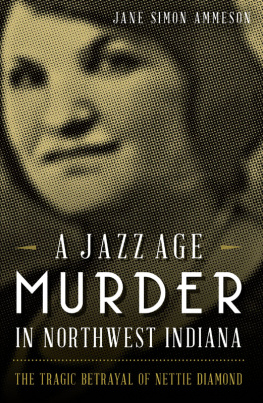
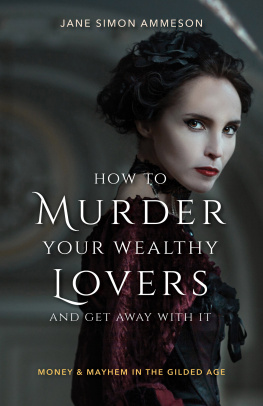
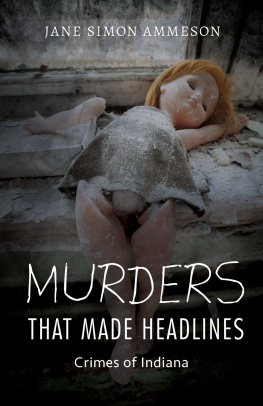
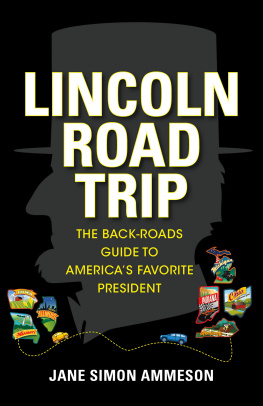
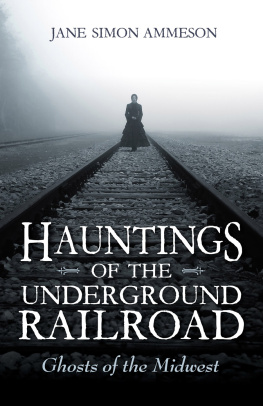
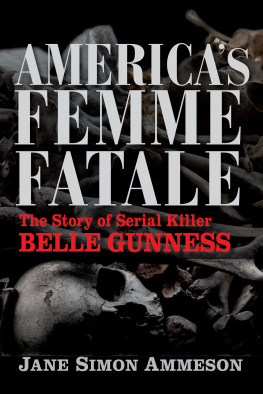
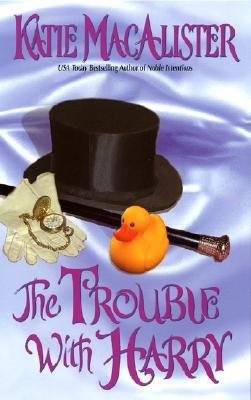
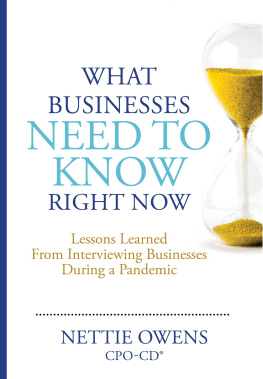

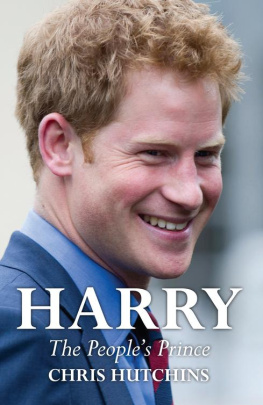
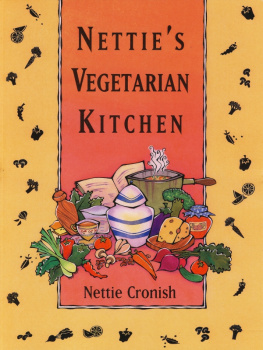

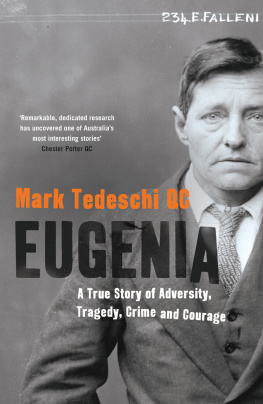
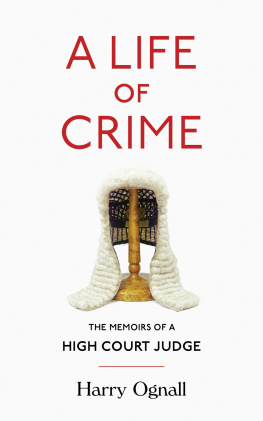
![J K Rowling - Harry Potter [Complete Collection]](/uploads/posts/book/117015/thumbs/j-k-rowling-harry-potter-complete-collection.jpg)
